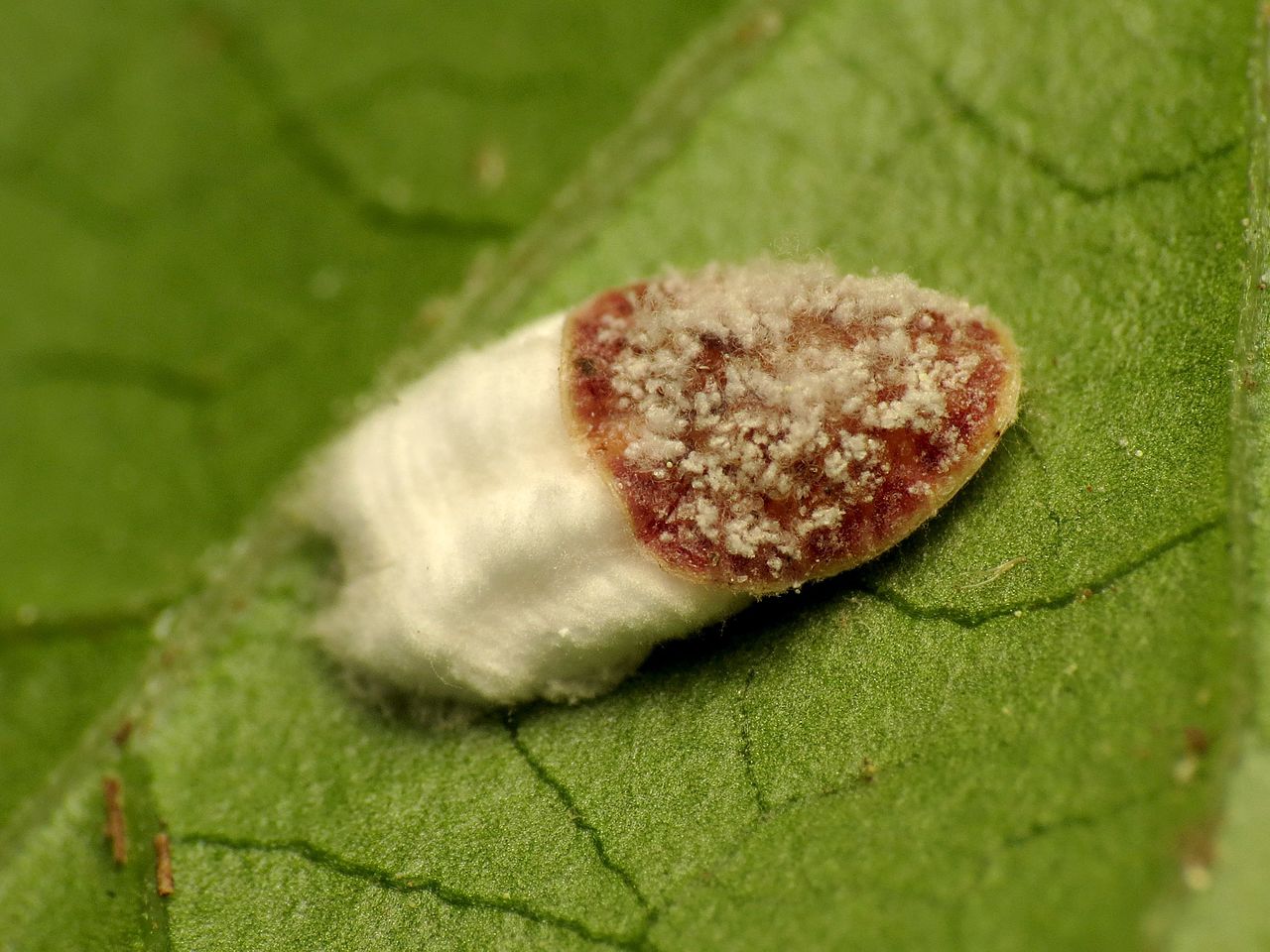
It can be frustrating when trees and shrubs fail to look or perform their best. They are an essential part of the landscape and often no small investment. The last thing that you want is to see them decline.
If you’ve spotted a tree or shrub in your landscape that is struggling, you might be wondering whether it can be fixed.
However, before that question can be answered, you’ll need a proper diagnosis. While some problems are treatable, the hard truth is that some are not. Sometimes it comes down to catching a problem early on, while it can still be fixed.
That’s why we’ve rounded up signs your tree or shrub is sick. Here are 5 that you may have noticed.
Discoloration is one of the telltale signs a tree or shrub is sick. Oftentimes, it’s that the leaves are turning yellow or maybe just lacking overall vibrancy. Most homeowners assume this is one of the signs trees or shrubs need water. However, plant leaves can also yellow when a tree or shrub has received too much water.
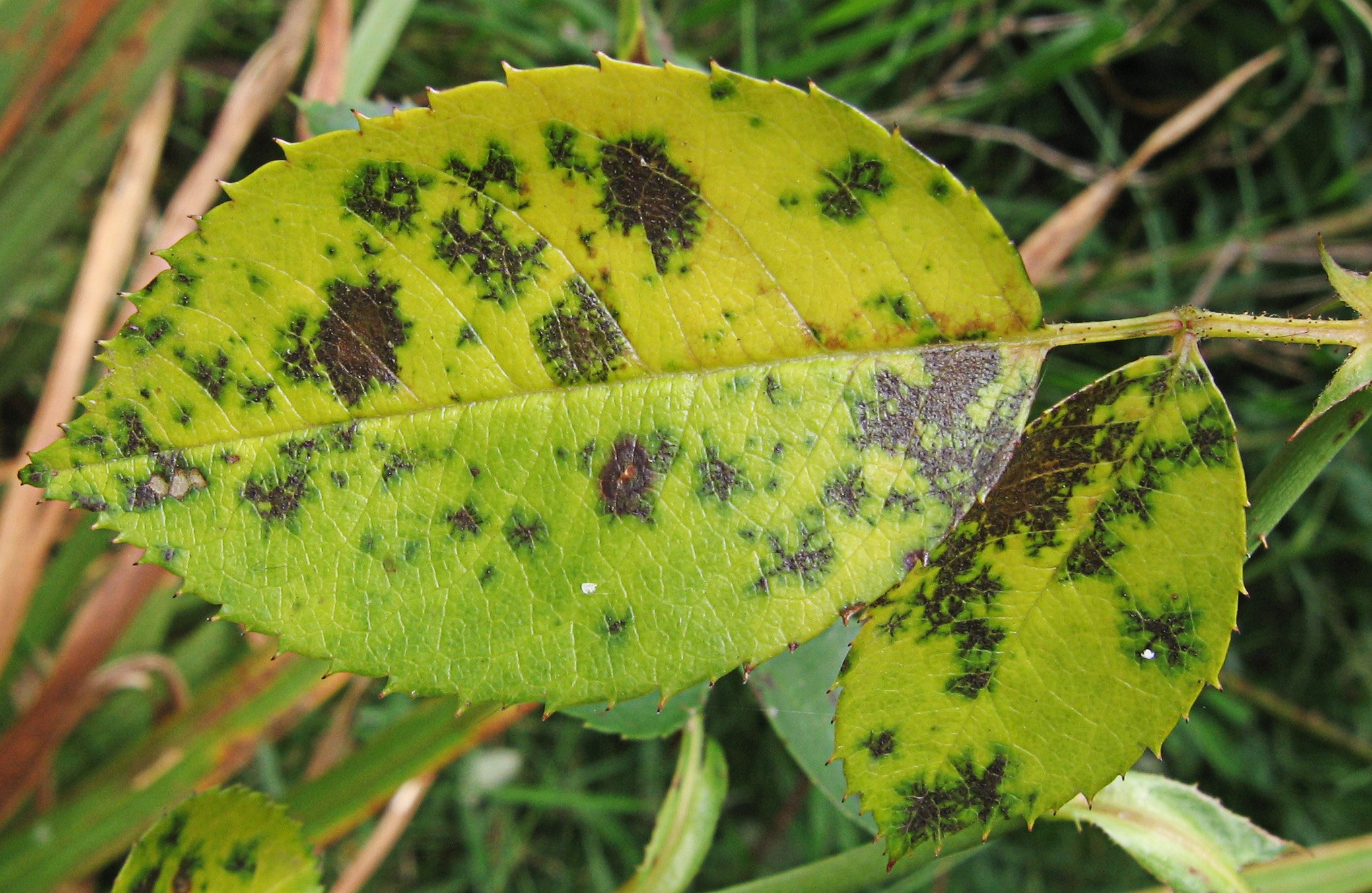
Yellowing can also be a sign that a tree or shrub is struggling with a disease or pest problem. Nutrient deficiency can also cause the foliage to yellow. This happens when the plant draws the nutrients the soil lacks from its own leaves.
Do your plant leaves look as though they were a pest’s lunch? Unfortunately, there are a number of different insects that feed on plants and this could be at the heart of your trouble. When you notice that leaves have small holes or irregular, jagged edges, you could have a variety of different insect problems at hand.
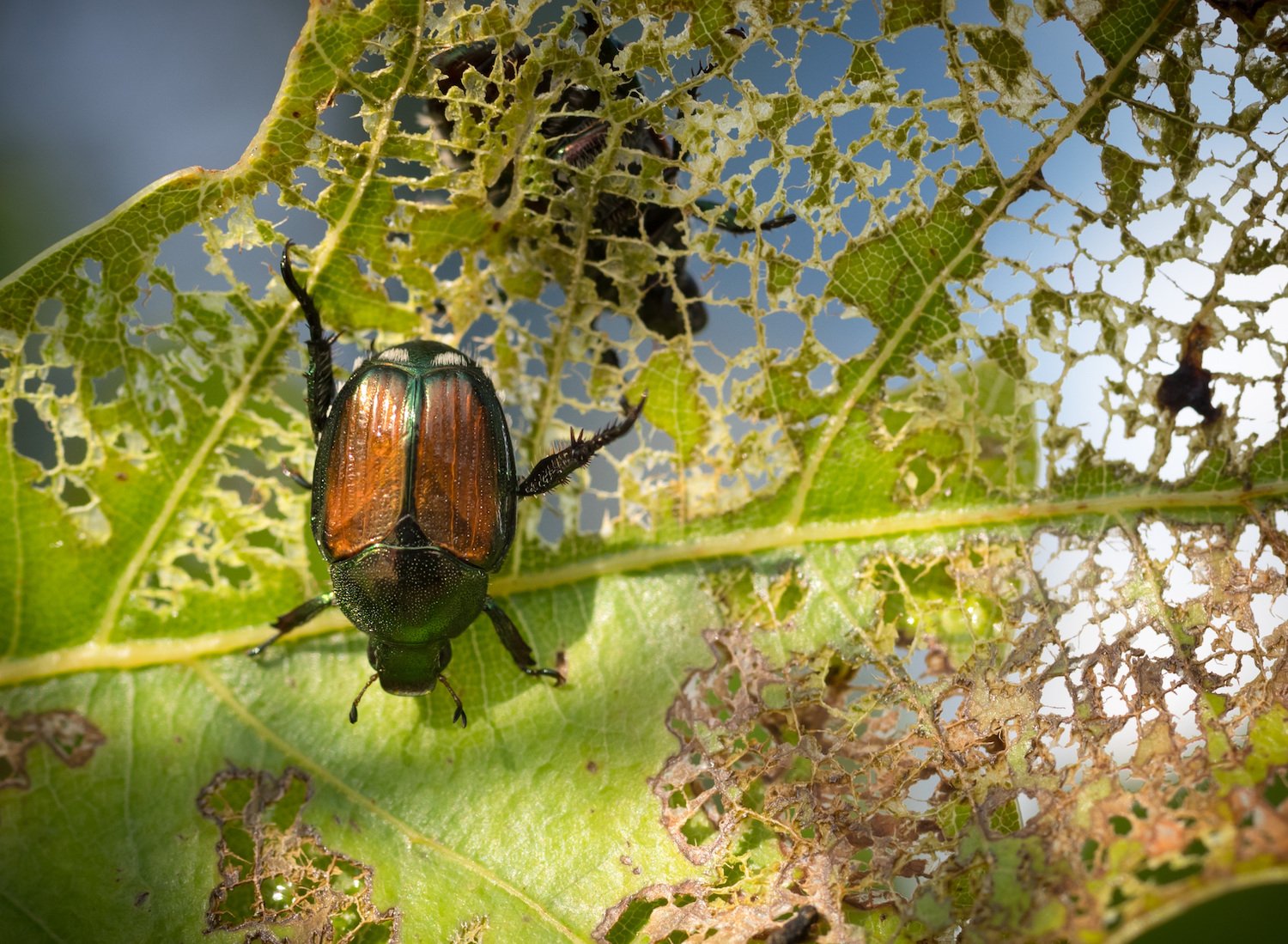
Fortunately, insects do leave behind clues with different chewing patterns. Some even chew on different parts of the leaf. Beetles, for instance, tend to feast on the middle part of foliage, skeletonizing the leaves and leaving only the veins. Caterpillars on the other hand, feed throughout the leaves creating large and irregularly shaped holes.
As long as you’re on the lookout for damage, an expert will be able to identify the exact cause and treat it.
Are you suddenly seeing webbing or cottony masses on your trees or shrubs? Or do they appear “shiny,” coated with a sticky substance?
Spotting something yucky on your plants can be amongst the signs that your tree or shrub is sick.
The proper diagnosis of this problem comes down to exactly what it is that you’re seeing.
If you’ve spotted something sticky, that is most likely honeydew, a substance excreted from certain insects like scale, whiteflies, or aphids. These pests create this substance after feeding on plant sugars. However, instead of the honeydew itself, you may see a black, sooty mold. This mold is actually growing on the honeydew itself.
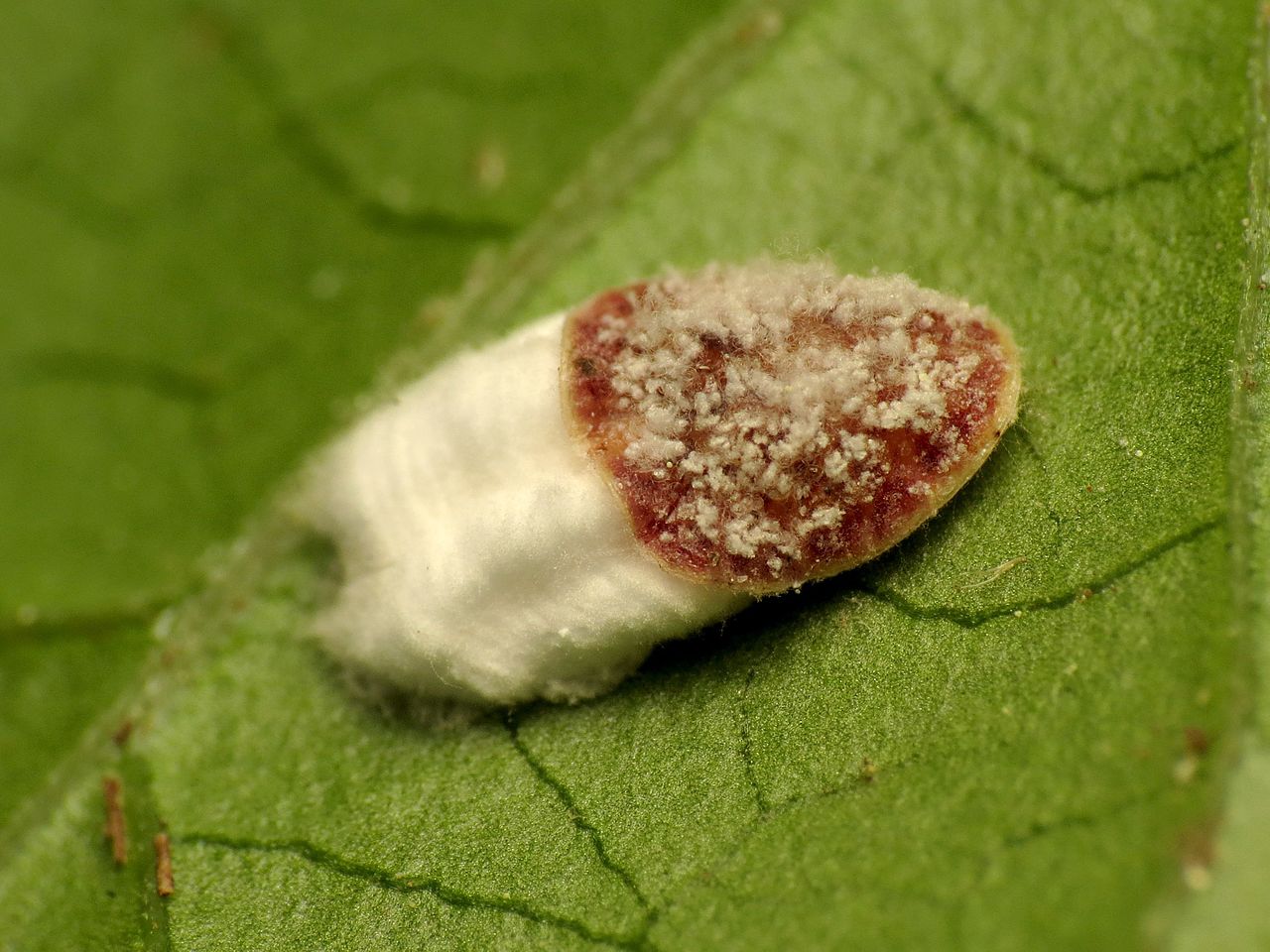
If it’s not a sticky substance but white “fuzzy stuff,” this could actually be a sign of fungus. Or, it’s possible you have a colony of insects like woolly Aphids or scale taking up residence. These pests can be mistaken for fuzzy mold but are actually a type of sucking insect that lives off of plant fluids. Egg sacks from certain insects can also appear as white cottony masses.
Spider mites can also leave webbing behind (typically on the underside of leaves) and could be at the root of your problem.
Your leaves might not be turning yellow or coated in any substances, but they still might not look right. Perhaps they’re shriveling and distorted. Aphids, which are small, soft-bodied insects that tend to multiply quickly, have piercing sucking mouthparts that they use to feed on plant sap. Some trees are sensitive to the saliva that aphids inject during feeding and may respond by puckering or distorting. This can begin to happen with only a few aphids.
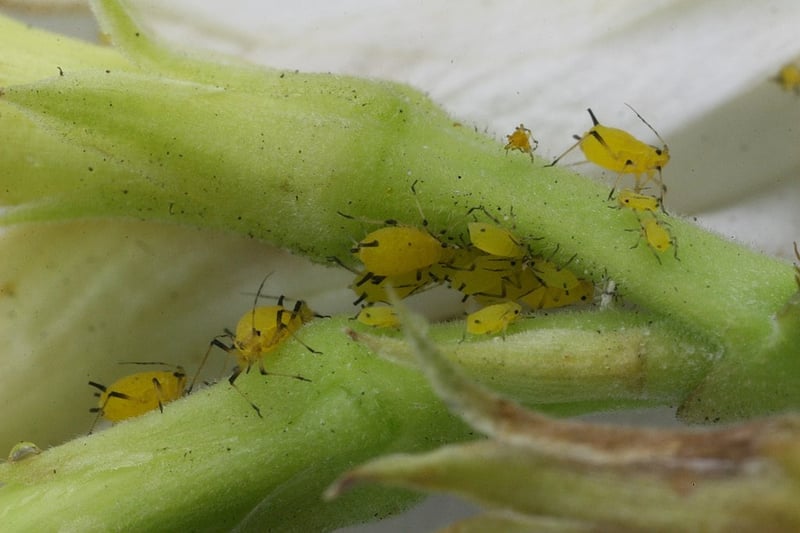
On the other hand, a mite infestation can cause foliage to become stippled, yellow, and dry. Mites suck juices from the plants, causing their foliage to become dull and ultimately curl up.
While we’ve primarily focused on the foliage of the plants, you might also see problems with the bark or stems. These can also be signs a tree or shrub is sick.
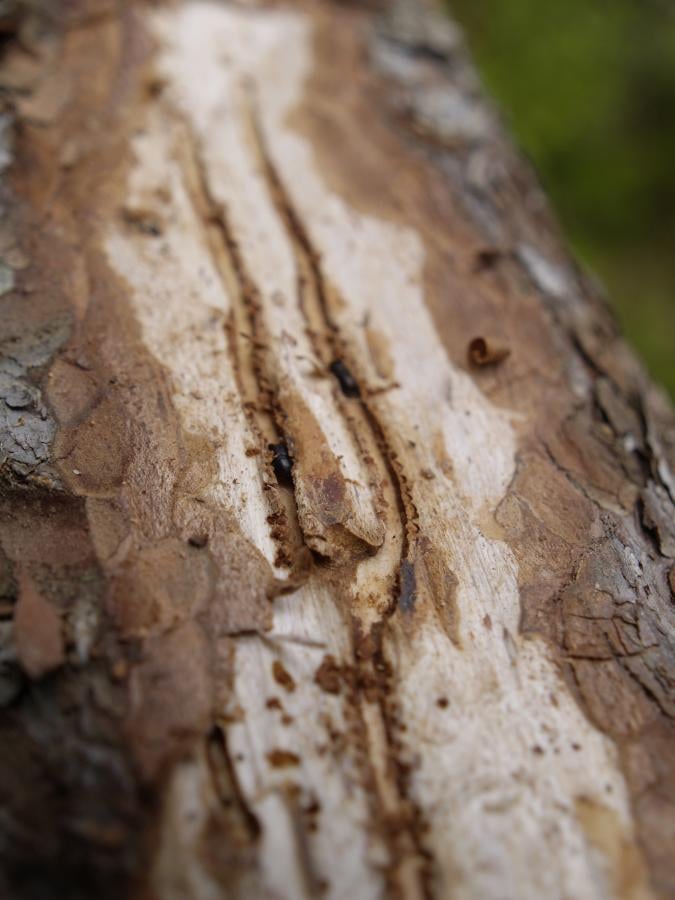
For instance, bark holes, sometimes also accompanied by sawdust coming from these holes, may seem like a telltale sign that your tree is being eaten by insects. The common culprit is likely the larvae of wood-boring insects. Borers can also cause twig dieback and ultimately the total decline of a plant.
Now that you have a better sense of some of the signs that a tree or shrub is sick, and what could be causing the problem, what you probably really want to know is, can it be saved?
You really don’t want to find out that your tree or shrub is dying.
The truth is, it’s always better to prevent these types of problems than to allow trees and shrubs to get to a point where their health is in jeopardy. A large majority of tree and shrub problems can be prevented with Plant Health Care. This proactive approach is invaluable when it comes to protecting your landscape.
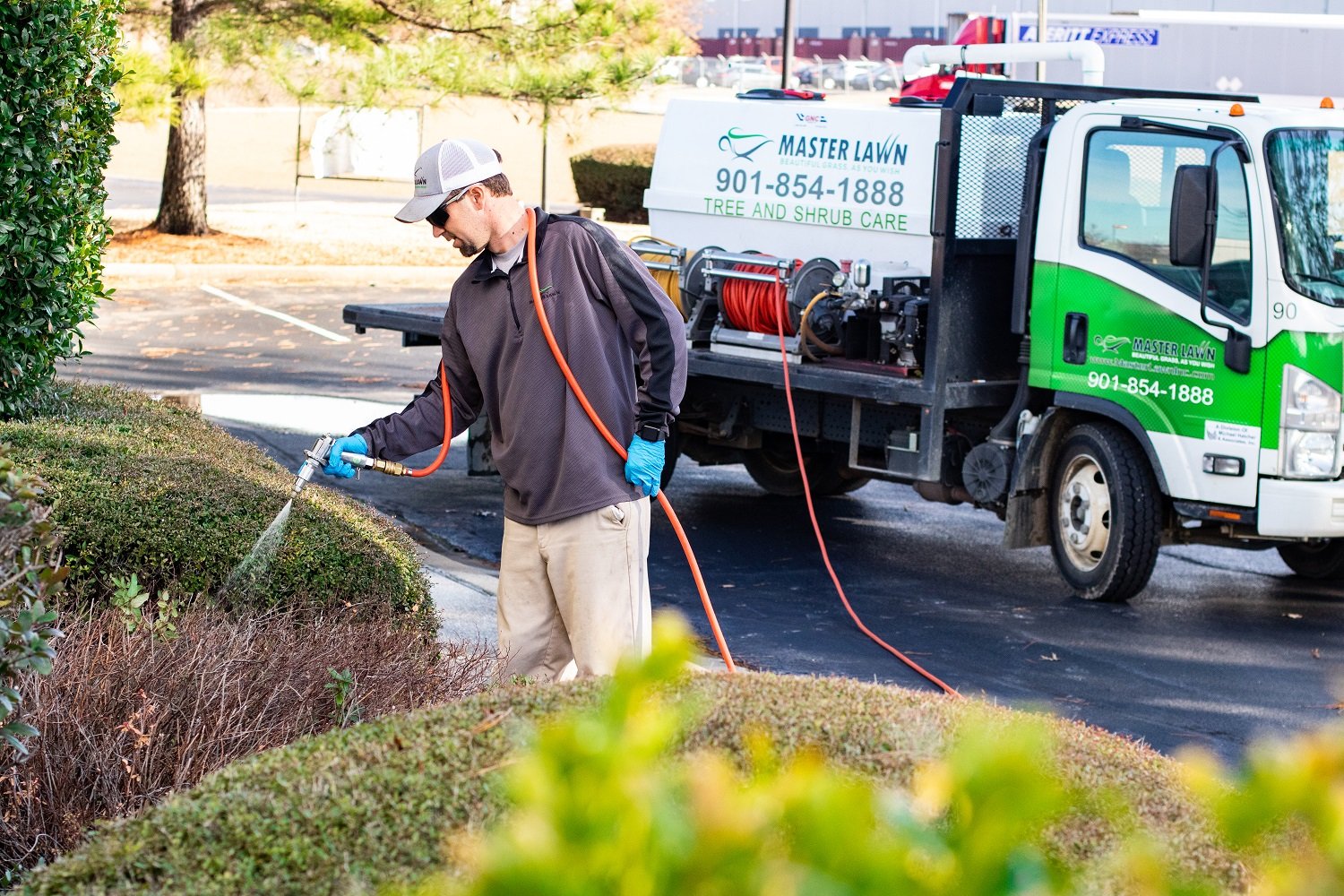
You want to protect your trees and shrubs before there are signs of trouble or stress. Trees, in particular, can take years to show the effect of a deep-seated problem, so you want to always be proactive in supporting their health and welfare. Plants that are receiving Plant Health Care services are definitely healthier, stronger and better protected against insects, disease and other environmental stressors.
However, we recognize that homeowners are not always proactive about plant health care. We understand it can be easy to get caught up in so many other areas of your property and when your plants are performing well, you might not be thinking about what they need.
For this reason, a lot of times we don’t get called in until there is already a problem.
These situations must be analyzed on a case-by-case basis. If a tree or shrub is not too far gone, sometimes it can be saved. But Plant Health Care is not a magical serum and it can’t fix all problems. If you have trees and shrubs that cannot be saved, the best you can do is protect the rest of your plant material going forward.
Because we are affiliated with a sister company, Michael Hatcher & Associates, we are also able to fulfill your tree and shrub removal and replacement needs—if it does reach that point. Then you can make sure that this new plant material is protected for the future.
At Master Lawn, we are here for all of your shrub and ornamental tree (15 feet or smaller) needs. We understand the value that they provide and that you are committed to protecting them.
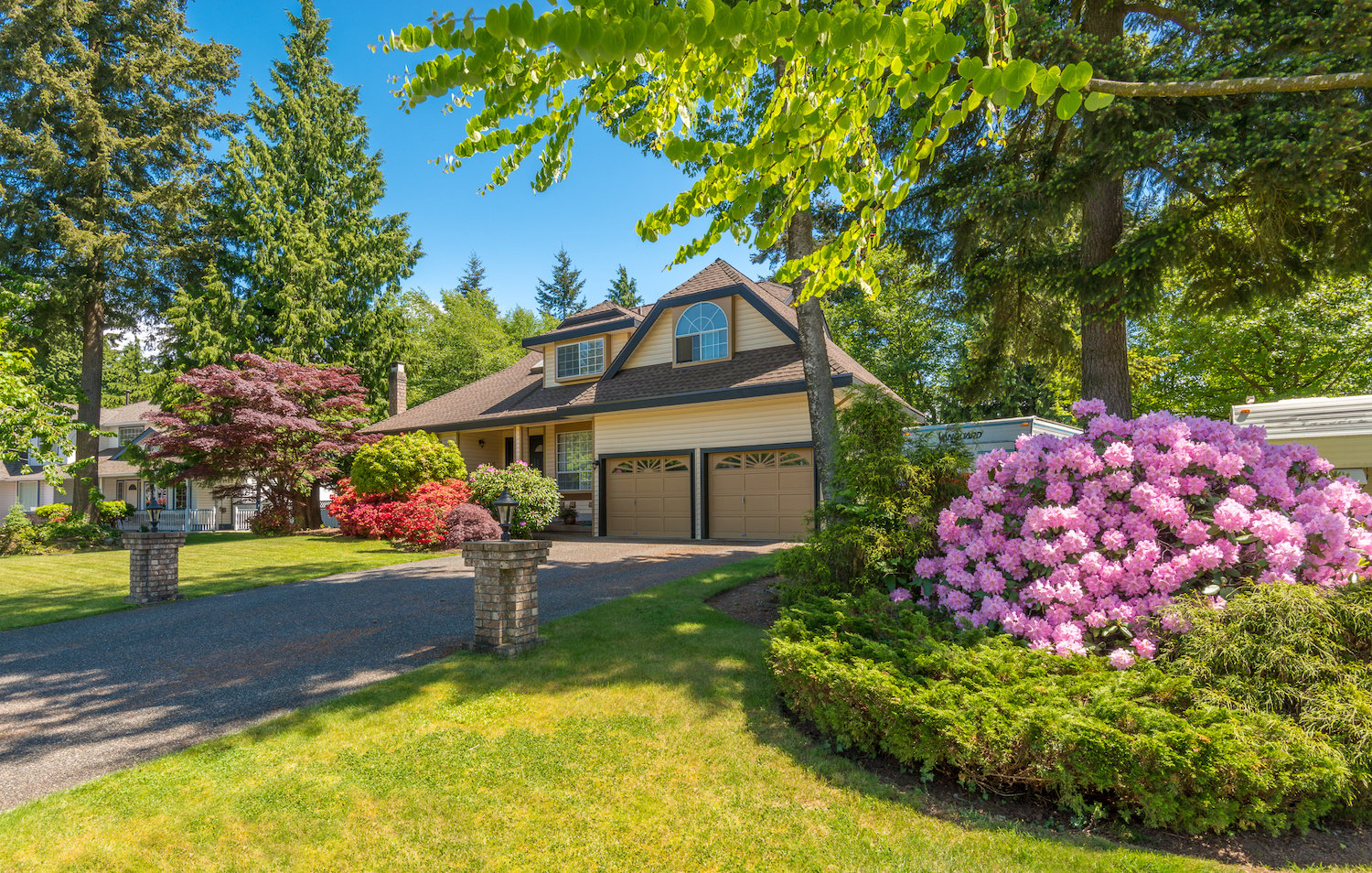
We want to be your partner in that effort.
By allowing us to be your guide, you’ll be able to get the full enjoyment out of your shrubs and trees as they grow and thrive. This should help take away your worries and grant you peace of mind.
Ready to stop worrying about the health of your property’s trees and shrubs by investing in protection for your landscape? Request a quote, get your customized Plant Health Care plan, and become the master of your landscape.
Image sources: scale insect, yellow leaf with black spot disease, aphids, wood-boring beetle damage
Michael Hatcher is Founder / Chairman of Michael Hatcher & Associates.
These Stories on Plant Health Care
8255 Center Hill Rd
Olive Branch, MS 38654
8164 MS-178
Olive Branch, MS 38654
Phone: (901) 445-9336
Fax: (901) 853-7353
Copyright © Master Lawn | All Rights Reserved.